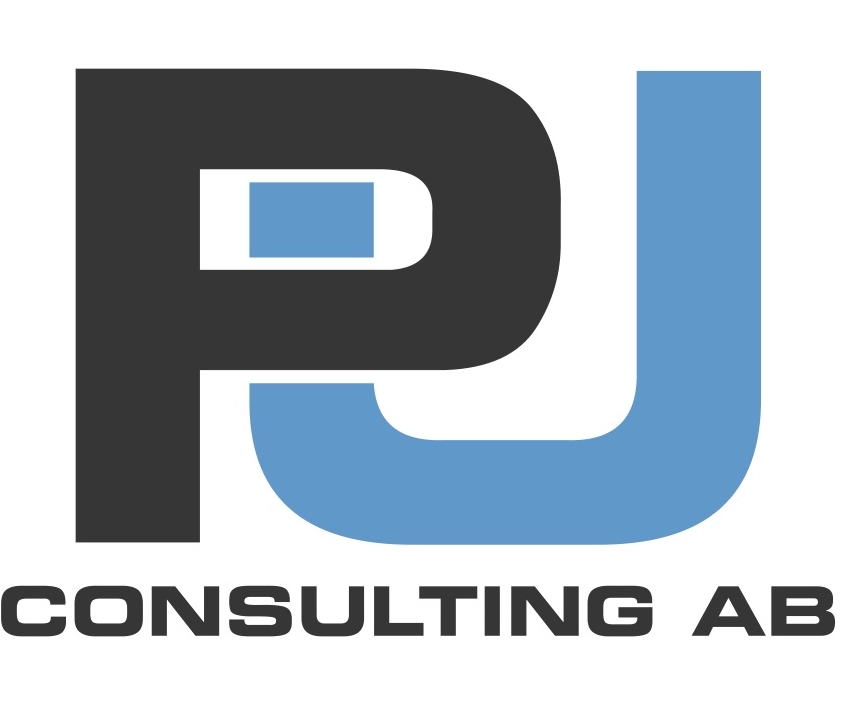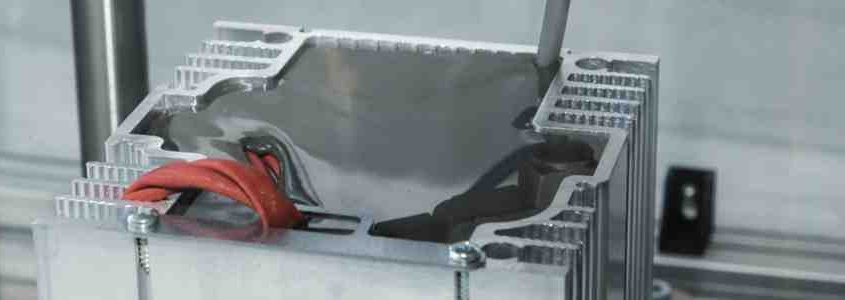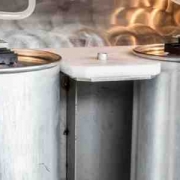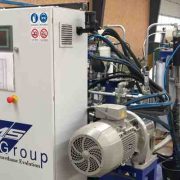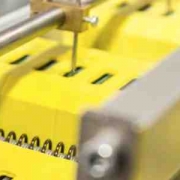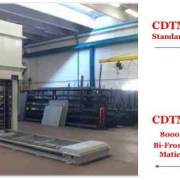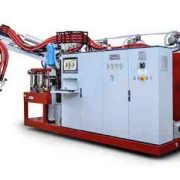Why use polymeric resin materials and coatings with processes as potting and dipping, to protect electrical and electronic components ie Encapsulation or Impregnation?
1) Resin encapsulation of electrical and electronic components: why is it necessary?
The resin coating and encapsulation of electrical components is a practice that helps to safeguard and protect components in the best possible way from external threats by filling the cavities and reinforcing it, in order to make it resistant to mechanical stresses.
Threats of a lack or bad insulation are many, and come from different sources such as:
- Moisture formation
- Contact with liquids, powders, chemicals
- Bumps
- Poor heat dissipation generated by the component
Resin casting of an electric circuit or motor increases the quality, durability and usability range, even in critical conditions. By relying on a supplier which is resins and machines manufacturer in an integrated manner, it allows the process to be carried out as efficiently as possible, minimizing waste and increasing quality.
2) Encapsulation or Impregnation: Which one?
As part of the resin application, we pay special attention to the technologies used to insulate the electric motors, processes used to allow better disposal of the heat generated. For over 50 years the engines, in particular the stator, have always been insulated with insulating electrolytic paints , and in the last 20 years even with polyester resins. In both cases, the processes are conducted in an open tank or in autoclave (VPI), with considerable waste of resources and materials.
The impregnation process (sometimes also in conjunction with the encapsulation) is intended to cover the engine component of a paint or resin layer to help heat dissipation. When using paints, you face many risks. Just think of the presence of solvents, which evaporate in the atmosphere causing dangerous emissions into the working structure, and therefore require ventilation systems. It is estimated that 70% of volatile components are present, resulting in waste and chimney emissions requiring a drastic reduction (eg, need for post-combustion or charcoal filters) and continuous controls of the regulators. The ovens and pallets used for impregnation need a continuous maintenance and cleaning, as they must be cleaned by residues of resin that is spilled and cured during the process. The dripping of the pieces due to their covering involves considerable waste of materials and economic resources.
Motors encapsulation with epoxy or polyurethane resin has many technical and process advantages. It is a more effective and clean method, which involves casting the resin into a housing containing the piece, with considerable waste reduction. Resin encapsulation is exploiting the traditional impregnation, especially where a higher resistance to chemicals, water and hits is required.
So the encapsulation can completely insulate and thus better protect the components on which it is applied the resin. In addition, encapsulation is a security guarantee, helping to extend the life of the components, and expanding the range of usability. Ultimately, it is good to remember that the epoxy and polyurethane resins have a 100% solid content, so all the material is used in the process, without waste of volatile components and therefore resources.
Mail PU Consulting AB for more information
Type of News: Services
Keywords (Max. 5): Resin, potting, encapsulation, Electronic, Electrical components
